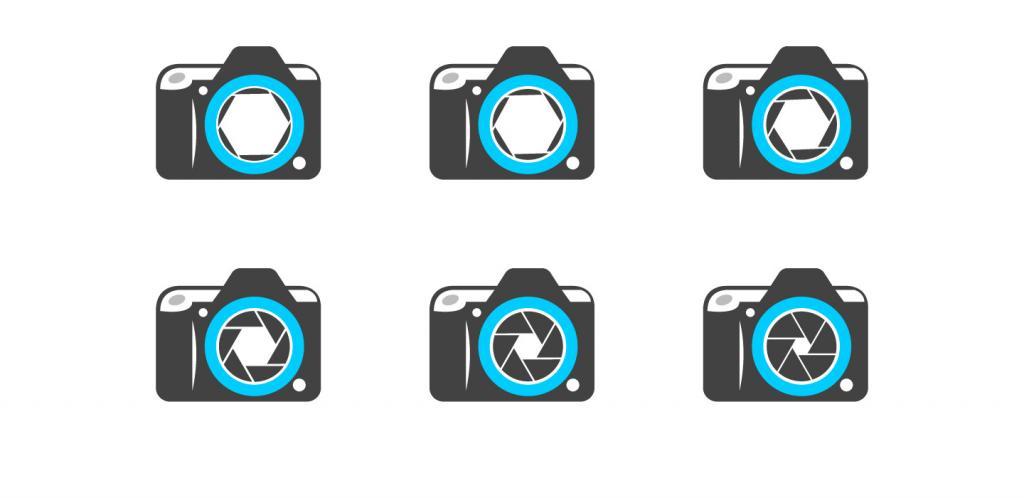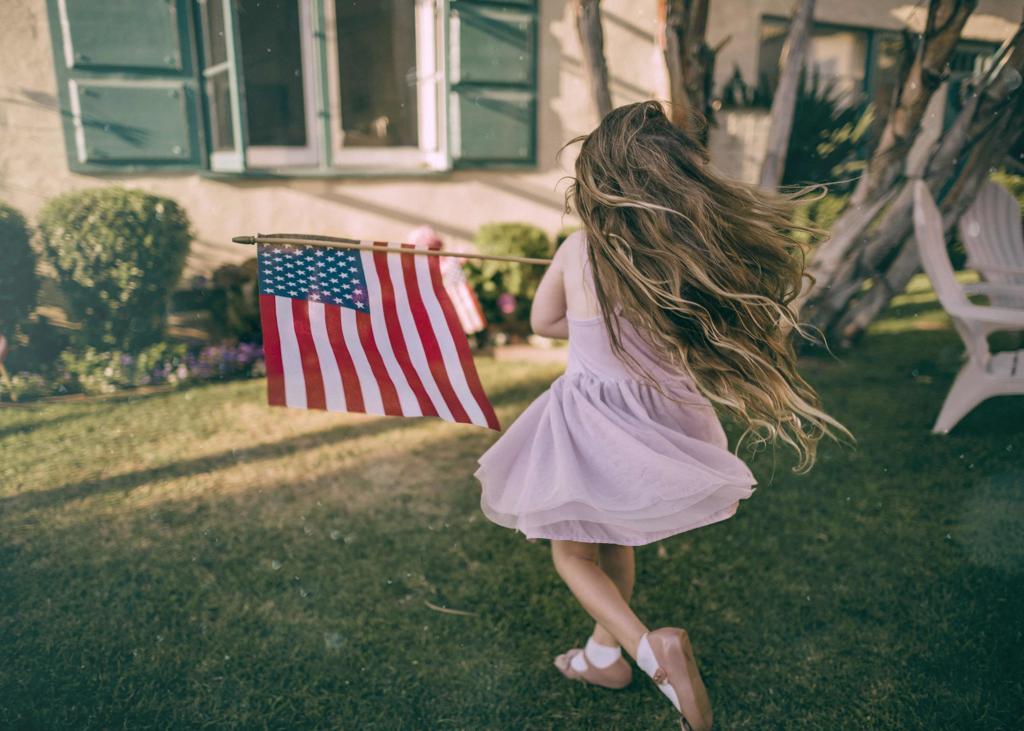- Total1
- Facebook0
- Pinterest1
- Email0
An Introduction To Aperture: What It Is & Why It Matters (+ FREE Aperture Video Series)
The time has come.
You’re ready to take AMAZING photos.
What if I told you there are 3 important keys to doing just that, and I could help you get there?
In this article and video below, I’m going to introduce aperture, what it is and why it matters.
(I’ll also mention the other 2 keys a little later. No crazy cliff hangers here!)
Note: If you want to learn EVERYTHING you could possibly want to know click here to read the world’s most helpful and complete article about aperture.
PART I: THE “WHAT”
Very simply put, aperture is the size of the hole inside your lens.
Aperture is a photography term that describes the opening and closing of the diaphragm blades on the back of a lens.

A Quick Word History
According to Merriam-Webster's definition, aperture is:
- 1 : an opening or open space : hole entered the cave through a narrow aperture
- 2a : the opening in a photographic lens that admits the light
b : the diameter of the stop in an optical system that determines the diameter of the bundle of rays traversing the instrument
c : the diameter of the objective lens or mirror of a telescope
The term aperture comes from Middle English and actually goes all the way back to the 15th century, meaning “an opening or open space : hole.” This comes from the Latin apertūra “an opening,” from apertus, past participle of aperire “to open, uncover.”
Over time, this term has grown to describe the size of certain holes in:
- Optical systems
- Telescopes
- Photography
While the basic principles are the same, we’re not talking about optics or telescopes…
We’re talking about photography. Surprise!
More specifically, we’re talking about finally knowing your camera like you know an old friend.
Let’s dive in.
My goal here is to always keep it simple. No complicated technical jargon!
History lessons aside, the size of this hole inside your lens can be adjusted to let MORE light in or LESS light in.
If you’re a photographer, I imagine you’re probably pretty visual (like me). Let’s take a look at what this actually looks like on a camera lens.


A large hole in your lens lets more light in, and a small hole in your lens lets less light in.
Makes sense, right?
I told you, no crazy technical talk here…
Additionally, aperture is measured in increments called f-stops. I’m not going to talk numbers right now, but I do clearly break down f-stops in Chapter 3 of my post on everything you could possibly need to know about aperture.
Now that you have a brief understanding of what aperture is, let’s talk about why it is so dang important.
PART II: THE “WHY”
There are 3 primary reasons why you need understand aperture so you can start taking the pictures you dream about.
But first, let’s look at the bigger picture…
The Exposure Triangle “Exposed”
Exposure, at its simplest, is the brightness of an image.
- If the photo is too dark, the photo is “under” exposed.
- If the photo is too bright, it is “over” exposed.
- If the brightness of a photo is just right, we call it a “correct” exposure.
Now what is a “correct” exposure, you ask?
Well, exposure is subjective to the photographer.
A correct exposure is when an image looks not too bright and not too dark, according to how the photographer intends it to look.
The exposure triangle is made up of 3 elements:
- ISO
- Aperture
- Shutter Speed
You may have guessed it, but the other 2 keys to taking amazing photos are ISO and shutter speed.
As you can see in the graphic below, aperture works with ISO and shutter speed to create a balanced exposure, as determined by the photographer (hey that’s you!).


If you don’t fully understand the exposure triangle, scroll down to chapter 2 of my post on everything you could possibly need to know about aperture. There’s even a video in there with yours truly!
Now that you have a brief understanding of what aperture is and how it relates to the exposure triangle, let’s talk further about why it is so important.
3 Reasons Why Aperture Matters
1. Aperture is one of the 3 factors that control how bright or dark an image is.
- The larger the hole, the more light comes in.
- The smaller the hole, the less light comes in.
2. Aperture is one of the 3 factors that control how blurry an image is.
- The larger the hole, the blurrier the background.
– A blurred background is actually referencing a shallow depth of field.
– I explain depth of field here (LINK supporting article OR pillar?).
- The smaller the hole, the sharper the background.
– A sharp background is actually referencing a deep/large depth of field.
3. Aperture indirectly determines how long of an exposure you can take, which will either freeze motion or create motion blur.
- A couple examples:
– If you have a large aperture size, you can shoot at a faster shutter speed, which will freeze the kids running in the backyard.


– If you have a small aperture size, you can shoot at a much slower shutter speed, which will capture the motion of a flowing waterfall. Just be careful to prevent that camera shake. 😉
Now that you understand a bit of what aperture is, how it’s connected to the exposure triangle, and why it actually matters, it’s time to delve into the HOW – how to adjust aperture on your camera to achieve the photos you dream to take.
New to this whole photography scene or wanting to brush up on your skills? I have a FREE online training called Show Your Camera Who’s Boss and would love to see you there!
- Total1
- Facebook0
- Pinterest1
- Email0






